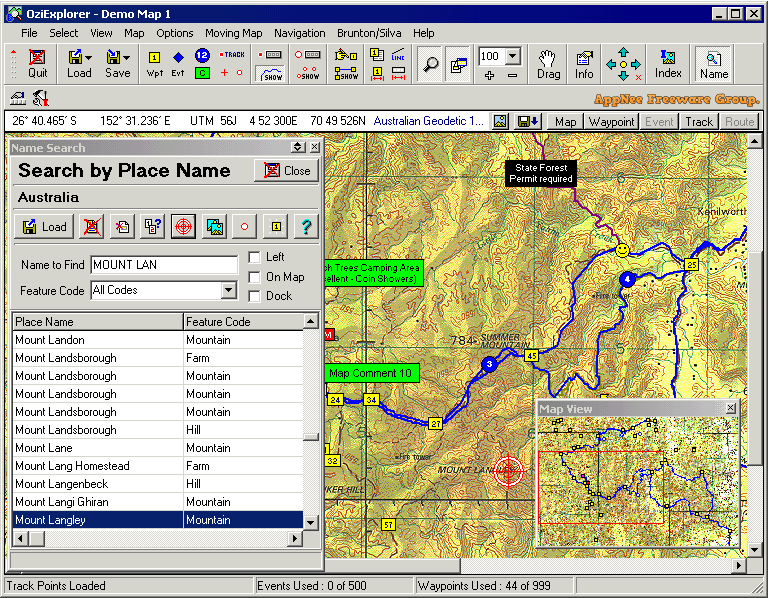

One advantage of the ArcGIS Online/ Bing Maps/ Google Maps tiling scheme is that it's widely known in the web mapping world, so your tiles will match those of other organizations that have used this tiling scheme. Overlays with Google Maps are possible through the ArcGIS API for JavaScript extension to the Google Maps API. Overlays with Bing Maps are possible in Map Viewer Classic and many of the ArcGIS web viewers and APIs. Overlays with ArcGIS Online are possible in virtually all recent Esri client applications. The ArcGIS Online/ Bing Maps/ Google Maps tiling scheme is required if you'll be overlaying your cache with maps from ArcGIS Online, Bing Maps, or Google Maps. If you want to increase performance when creating tiles, project your data and your data frame to this coordinate system prior to publishing the service. ArcGIS projects your source map on the fly to the required coordinate system of this tiling scheme, which is WGS 1984 Web Mercator (Auxiliary Sphere).

There are several options you can choose for the tiling scheme: ArcGIS Online/ Bing Maps/ Google MapsĬhoosing ArcGIS Online/Bing Maps/Google Maps allows you to overlay your cache tiles with tiles from these online mapping services. These properties define where tile boundaries will exist and are important to match when overlaying caches in some clients. The tiling scheme includes the scale levels, tile dimensions, and tile origin for the cache. Properties on the Advanced Settings subtab are described in a separate section below. The following subsections describe cache settings you can specify on the Caching tab. When you've finished setting the cache properties, right-click your service in the Catalog tree and click Manage Cache > Manage Tiles to begin creating tiles. For this reason, it's important to plan the tiling scheme and other properties for your cache ahead of time. Once you start creating the cache, some of these options, such as tile width and height, are not changeable unless you delete the existing cache and start over. The remainder of this topic explains the settings available on the Caching tab and its Advanced Settings subtab. If you choose the Dynamically from the data option, the server draws the map each time, and the map or image service does not use any cached tiles you've created. Once you open the Caching tab, you first need to choose the Using tiles from a cache option to draw the map or image service. To access the properties, see Access map and image cache properties in ArcMap. You set cache properties on the Caching tab of the Service Editor dialog box. See Strategies for creating map cache tiles for more about creating the tiles. This topic explains the available map and image cache properties and how to make the best decisions for each. The properties that you set for your map or image service cache can affect your success when creating and using tiles.


 0 kommentar(er)
0 kommentar(er)
